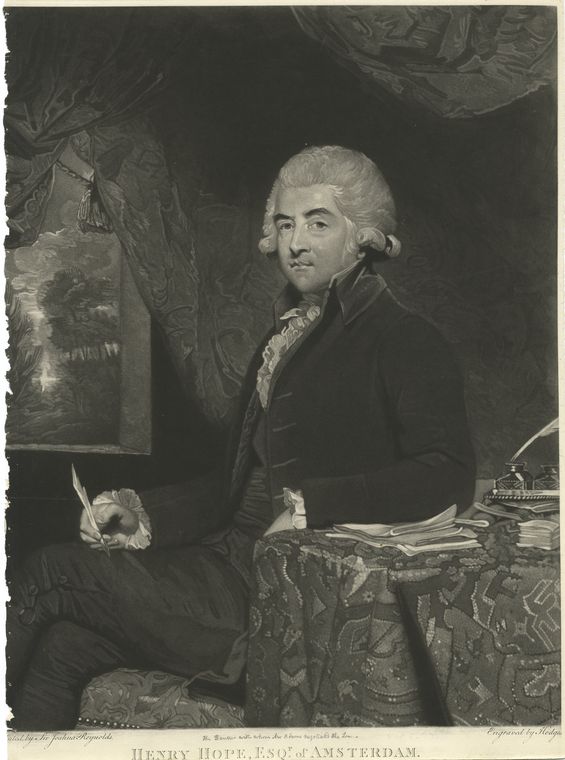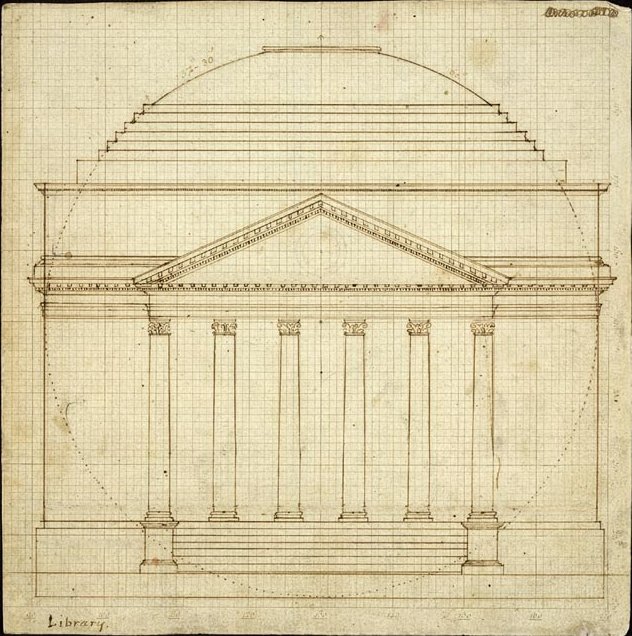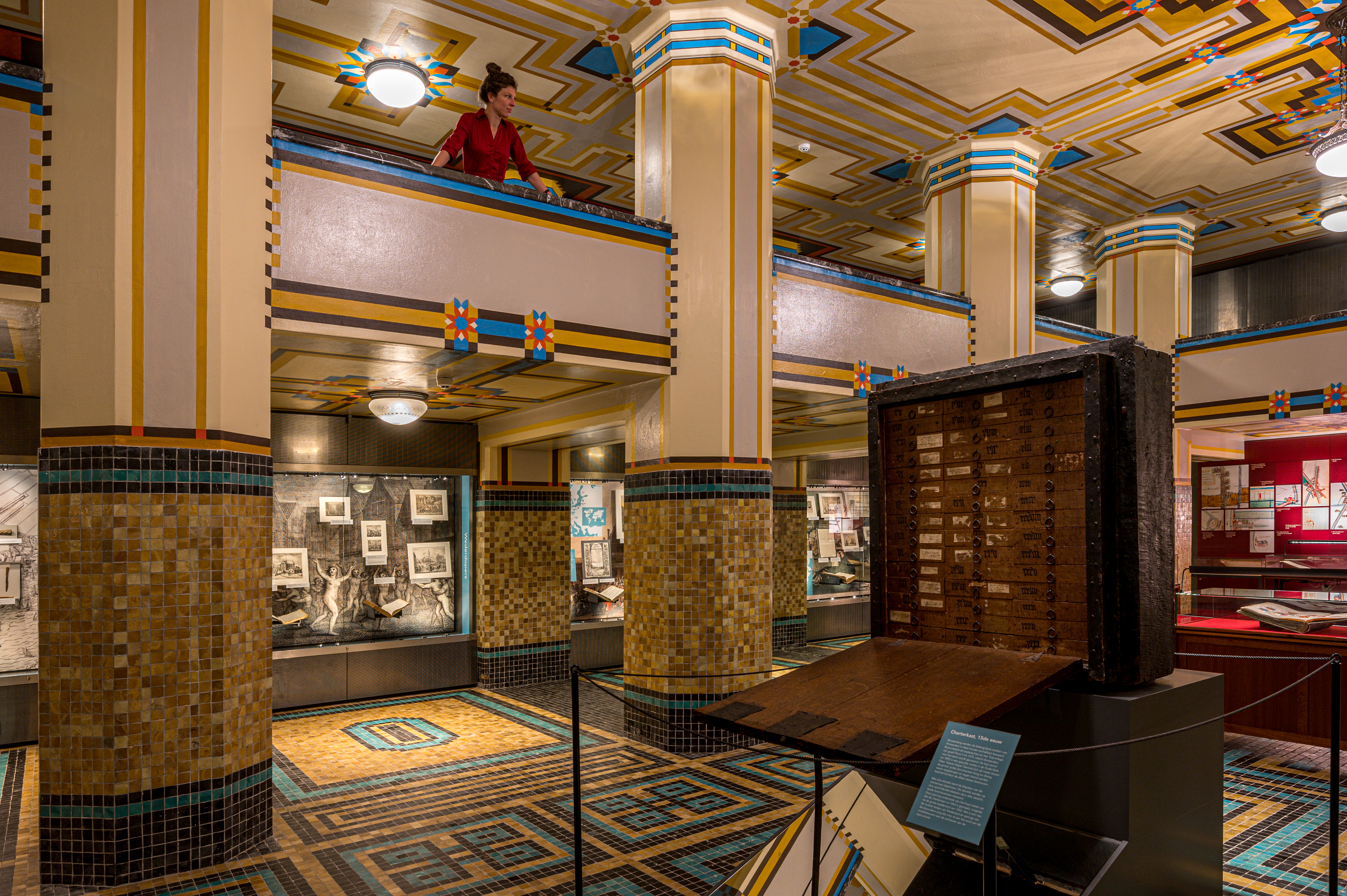|
Henry Hope
Henry Hope (1735–1811) was an Amsterdam merchant banker born in Braintree, Massachusetts. He emigrated to the Netherlands to join the family business Hope & Co. at a young age. From 1779, Henry became the manager of Hope & Co. and he participated in the firm for about a third from 1782. He is considered to be as great a genius as his uncle Thomas Hope. In 1786 Adam Smith dedicated the fourth edition of his book ''The Wealth of Nations'' to Henry Hope in hopes of increasing his readership:Adam Smith, ''The Wealth of Nations'', 1895; Early years His father, Henry, was a Rotterdam merchant of Scottish lineage who left for the "new world" after experiencing financial difficulties in the economic bubble of 1720. Though born in Rotterdam, he was considered Scottish because his father and brothers were members of the Scottish Church in Rotterdam. Henry the elder settled near Boston and became a Freemason and merchant. When his son Henry the younger was 13, he sent him to London ... [...More Info...] [...Related Items...] OR: [Wikipedia] [Google] [Baidu] |
Dutch East India Company (VOC)
The United East India Company ( nl, Verenigde Oostindische Compagnie, the VOC) was a chartered company established on the 20th March 1602 by the States General of the Netherlands amalgamating existing companies into the first joint-stock company in the world, granting it a 21-year monopoly to carry out trade activities in Asia. Shares in the company could be bought by any resident of the United Provinces and then subsequently bought and sold in open-air secondary markets (one of which became the Amsterdam Stock Exchange). It is sometimes considered to have been the first multinational corporation. It was a powerful company, possessing quasi-governmental powers, including the ability to wage war, imprison and execute convicts, negotiate treaties, strike its own coins, and establish colonies. They are also known for their international slave trade. Statistically, the VOC eclipsed all of its rivals in the Asia trade. Between 1602 and 1796 the VOC sent almost a million Eur ... [...More Info...] [...Related Items...] OR: [Wikipedia] [Google] [Baidu] |
Jeffersonian Architecture
Jeffersonian architecture is an American form of Neo-Classicism and/or Neo-Palladianism embodied in the architectural designs of U.S. President and polymath Thomas Jefferson, after whom it is named. These include his home (Monticello), his retreat (Poplar Forest), the university he founded (University of Virginia), and his designs for the homes of friends and political allies (notably Barboursville). More than a dozen private homes bearing his personal stamp still stand today. Jefferson's style was popular in the early American period at about the same time that the more mainstream Greek Revival architecture was also coming into vogue (1790s–1830s) with his assistance. Sources and inspiration In colonial Virginia during the 18th century there were no schools of architecture, so Jefferson learned the profession on his own from various books and by studying some of the various classical architectural designs of the day. As a self-taught architect and classicist, he was most heav ... [...More Info...] [...Related Items...] OR: [Wikipedia] [Google] [Baidu] |
Hope Lodge (Fort Washington, Pennsylvania)
Hope Lodge is a historic building located at 553 South Bethlehem Pike in Fort Washington, Pennsylvania, in the United States. This mansion has been described as "one of the finest examples of Georgian Colonial architecture in this part of the country. It was used by Continental troops during the 1777 Philadelphia Campaign during the American Revolution. History Originally named "Whitemarsh Estate," Hope Lodge is a Georgian country mansion built between 1743 and 1748 by Quaker businessman Samuel Morris and designed by Philadelphia architect Edmund Woolley. The Pennsylvania guide noted in 1940 that Morris' English fiancée—for whom the Lodge was allegedly built—broke off the engagement after hearing that "Morris, in his cups, remarked: 'I have built the pen, now all I have to do is to go to England, get the sow, and start the litter.' He died a bachelor, leaving the estate to his brother Joshua." Upon Morris's death in 1770, his brother Joshua sold the property to William West ... [...More Info...] [...Related Items...] OR: [Wikipedia] [Google] [Baidu] |
Groenendaal Park
Groenendaal park lies at the center of Heemstede, Netherlands. The park includes the grounds of old Heemstede country estates Bosbeek, and Meer en Berg. Along its western borders are the old Heemstede country estates Hartekamp, Huis te Manpad, and Iepenrode. On the eastern boundary is the city cemetery. History In the 17th century Groenendaal was mostly sand dunes. The sand was dug and sold to barges that carried it to Amsterdam for building purposes. Later the resulting fields were used for bleaching linen, and still later for growing tulip bulbs. During the heyday of the tulip craze, Amsterdam merchants purchased land in the Haarlem-Heemstede area for summer homes. Groenendaal park is situated at the site of the former summer home of Amsterdam banker Jan Hope, whose estate Bosbeek was the first example of a large garden in the 'English Style' in the 18th century in the Netherlands. The grounds are part of a long sandy ridge of deciduous forest running in a straight line fr ... [...More Info...] [...Related Items...] OR: [Wikipedia] [Google] [Baidu] |
Villa Welgelegen
Villa Welgelegen is a historical building in Haarlem, the Netherlands, which currently houses the offices of the provincial executives of North Holland. Located at the north end of a public park in the city, it is an example of neoclassical architecture, designed by Abraham van der Hart and unusual for its style in the Netherlands. History It was built by Henry Hope of the famous family banking company Hope & Co. of Amsterdam, from 1785 to 1789 as a summer home to replace the already quite impressive structure that he purchased there in 1769. From 1769 onwards, Henry Hope purchased more and more adjoining land in order to fulfill the plans he had for a great palace and picture gallery. During the five-year period that the construction took place, it was the talk of the town. No one had seen such a large summer home. To give an impression of the size compared to his contemporaries, see the map from 1827 showing the size of Welgelegen and its gardens (that go much further south th ... [...More Info...] [...Related Items...] OR: [Wikipedia] [Google] [Baidu] |
Everhard Jabach (1618–1695) And His Family MET DP352819
Everhard or Eberhard Jabach (10 July 1618 – 9 March 1695) was a French businessman, art collector and director of the French East India Company. He was born in Cologne in the Holy Roman Empire but later naturalised as a French subject. Life His father had expanded the family fortune and founded a bank in Antwerp, then in the Spanish Netherlands. Everhard himself settled in France in 1638 and was naturalised as a French subject in 1647. In 1648 he married Anna Maria de Groote in Cologne – she was a daughter of one of the city's senators and he had four children with her. Francis Haskell called him "an opulent banker", associated with a trading company based in Amsterdam and one of the directors of the French East India Company, managing the 'factory' at Corbeil. In 1671 his fortune was valued at 2 million livres. Now lost, his town house or 'hôtel particulier' was on rue Neuve-Saint-Merri – he put on plays there, whose audiences included Voltaire, before it became the base of ... [...More Info...] [...Related Items...] OR: [Wikipedia] [Google] [Baidu] |
Villa Welgelegen - Paviljoenslaan
A villa is a type of house that was originally an ancient Roman upper class country house. Since its origins in the Roman villa, the idea and function of a villa have evolved considerably. After the fall of the Roman Republic, villas became small farming compounds, which were increasingly fortified in Late Antiquity, sometimes transferred to the Church for reuse as a monastery. Then they gradually re-evolved through the Middle Ages into elegant upper-class country homes. In the Early Modern period, any comfortable detached house with a garden near a city or town was likely to be described as a villa; most survivals have now been engulfed by suburbia. In modern parlance, "villa" can refer to various types and sizes of residences, ranging from the suburban semi-detached double villa to, in some countries, especially around the Mediterranean, residences of above average size in the countryside. Roman Roman villas included: * the ''villa urbana'', a suburban or country seat t ... [...More Info...] [...Related Items...] OR: [Wikipedia] [Google] [Baidu] |
Catherine The Great
, en, Catherine Alexeievna Romanova, link=yes , house = , father = Christian August, Prince of Anhalt-Zerbst , mother = Joanna Elisabeth of Holstein-Gottorp , birth_date = , birth_name = Princess Sophie of Anhalt-Zerbst , birth_place = Stettin, Pomerania, Prussia, Holy Roman Empire(now Szczecin, Poland) , death_date = (aged 67) , death_place = Winter Palace, Saint Petersburg, Russian Empire , burial_date = , burial_place = Saints Peter and Paul Cathedral, Saint Petersburg , signature = Catherine The Great Signature.svg , religion = Catherine II (born Sophie of Anhalt-Zerbst; 2 May 172917 November 1796), most commonly known as Catherine the Great, was the reigning empress of Russia from 1762 to 1796. She came to power following the overthrow of her husband, Peter III. Under her long reign, inspired by the ideas of the Enlightenment, Russia experienced a renaissance of culture and sciences, which led to the founding of m ... [...More Info...] [...Related Items...] OR: [Wikipedia] [Google] [Baidu] |
Abraham Van Der Hart
Abraham van der Hart (1747Abraham van der Hart in the or 1757, – 1820, ) was an 18th-century architect from the Northern Netherlands. Biography According to the RKD he learned architecture and draughtsmanship from his father, Jan van der Hart, and became an architect specialized in |
Kleine Komedie
De Kleine Komedie is today the oldest theatre in Amsterdam, dating from 1788. Situated on the Amstel near the Halvemaansteeg, the building offers a stage for both upcoming and established Dutch talents. The theatre has 503 seats. History of the building The first theatre built in Amsterdam was the Schouwburg of Van Campen on Keizersgracht 384 in 1637, which burned down in 1772. That theatre company then moved to the Leidseplein, where it built a theatre in 1774, the first Stadsschouwburg. That building burned down in 1892 (the present building was built in 1894), making De Kleine Komedie the oldest surviving theatre in Amsterdam. In 1784 Henry Hope of Hope & Co. purchased ground on the Amstel near the east side of the Halvemaansteeg in Amsterdam, together with his fellow banker friends Balthazar Elias Abbema, Pieter de Smeth, Henry Fizeaux, Jean Alexander Botereau, and Pieter Muilman. They commissioned the building to the architect Abraham van der Hart who completed it in 178 ... [...More Info...] [...Related Items...] OR: [Wikipedia] [Google] [Baidu] |
Amsterdam City Archives
The Amsterdam City Archives ( nl, Stadsarchief Amsterdam) preserves documents pertaining to the history of Amsterdam and provides information about the city. With archives covering a shelf-length of about 50 kilometres, the Amsterdam City Archives is the largest municipal archive in the world. History In the Middle Ages, Amsterdam’s important documents were stored in a special cabinet that was kept in the so-called ‘Iron Chapel’ (IJzeren Kapel) in the Old Church ( Oude Kerk). In the nineteenth century, the archives moved to the Waag building at the Nieuwmarkt, and in 1914 to the former town hall of Nieuwer-Amstel. Since the summer of 2007, the Amsterdam City Archives have been located in the monumental building De Bazel, in the city-centre, which derives its name from the famous Dutch architect K.P.C. de Bazel, who designed it. Preservation The Amsterdam City Archives belongs to the government of Amsterdam. It preserves the archives of the municipal government and of the nat ... [...More Info...] [...Related Items...] OR: [Wikipedia] [Google] [Baidu] |

%2C_Hoorn.jpg)


.jpg)

